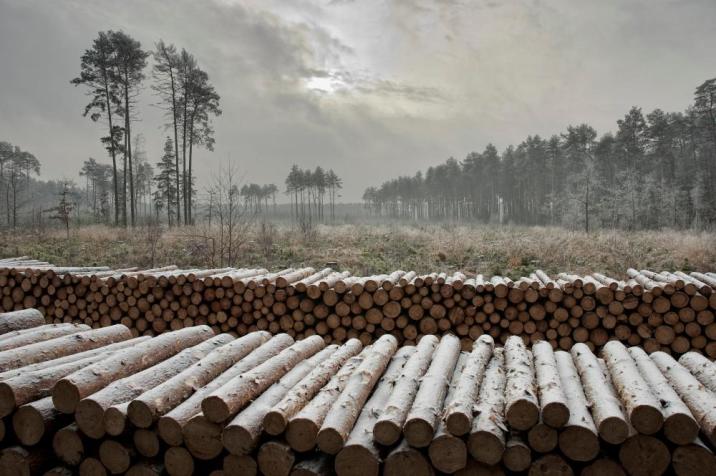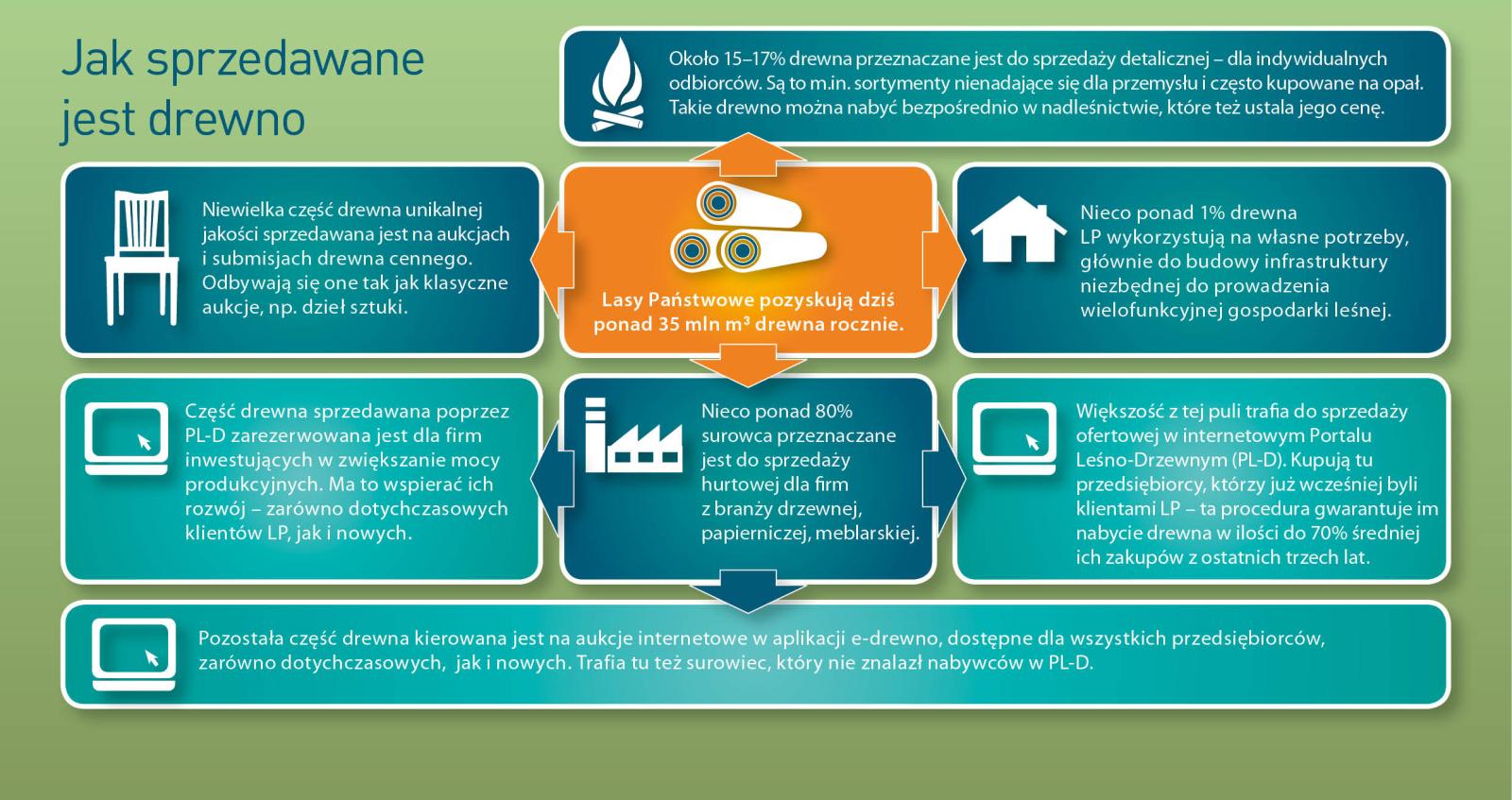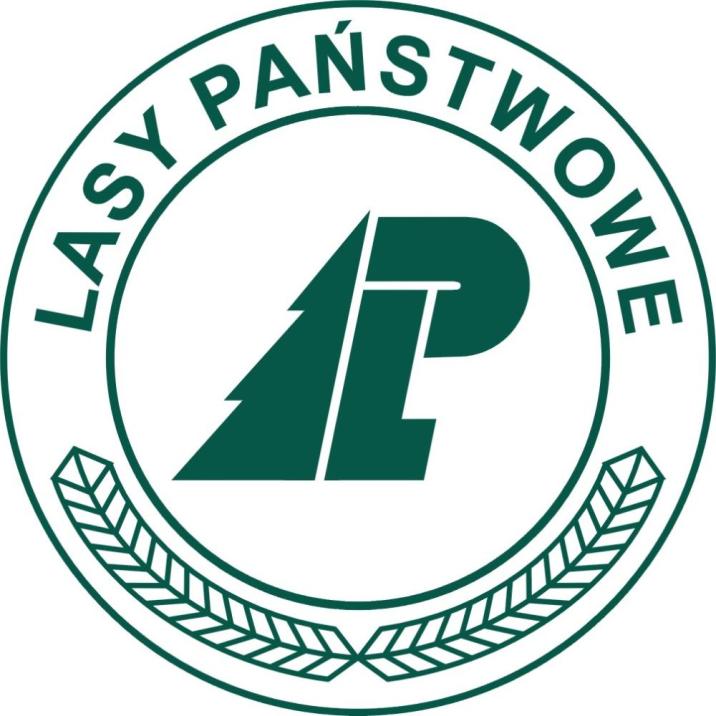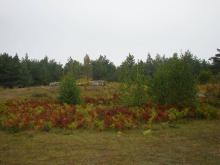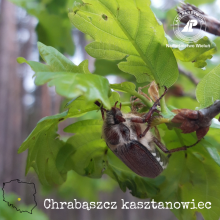 Asset Publisher
Asset Publisher
Sale conditions
Sale conditions of wood are specified by the regulation of Director – General of the Sate Forests.
Within the framework of the individual sale , the foresters try to meet the fast growing demand, because more and more people use wood in order to heat their houses. Contrary to general opinion, these are not only village people, even though they prevail among recipients. The growth of firewood demand is the result of occurrence of new housing estates built in the suburbs of large agglomerations, where houses are usually equipped in fireplace heating installations.
Firewood is not only the most ecological heat source, but also is much more attractive in respect of relation of price and electric efficiency, rather than cola, oil, gas or electric power.
In recent years, the Sate Forests increased the sale of firewood of one third – up to over 4 million cubic meters annually. Firewood is not only the most ecological heat source, but also is much more attractive in respect of relation of price and electric efficiency, rather than cola, oil, gas or electric power. Some of customers choose already prepared and cut into pieces wood, the others very willingly obtain it by themselves after arranging all details and fulfilling particular safety conditions, and after paying the fee; that concerns mainly so called "thinnings". Such a raw material is very cheap, that is why many people from village areas profit from such possibility.
 Asset Publisher
Asset Publisher
INFORMACJA O WYKONANIU BARIERY ZAPACHOWEJ OGRANICZAJĄCEJ MIGRACJĘ DZIKÓW
INFORMACJA O WYKONANIU BARIERY ZAPACHOWEJ OGRANICZAJĄCEJ MIGRACJĘ DZIKÓW
Nadleśnictwo Wieluń informuje, że od dnia 20 maja 2025 roku wykonywane będą ogrodzenia zapachowe, których zadaniem ma być zatrzymanie lub ograniczenie migracji dzików na terenie województwa łódzkiego.
Bariera zapachowa wykonana została zgodnie z Rozporządzeniem Wojewody Łódzkiego z dnia 6 maja 2025 roku w sprawie wykonania barier zapachowych zatrzymujących lub ograniczających migrację dzików na terenie województwa łódzkiego.
Celem bariery zapachowej, którą stanowi oprysk z wykorzystaniem repelentu na pasie o szerokości około 2 metrów, jest zapobieżenie rozprzestrzeniania się Afrykańskiego Pomoru Świń – zakaźnej wirusowej choroby występującej u świń i dzików.


